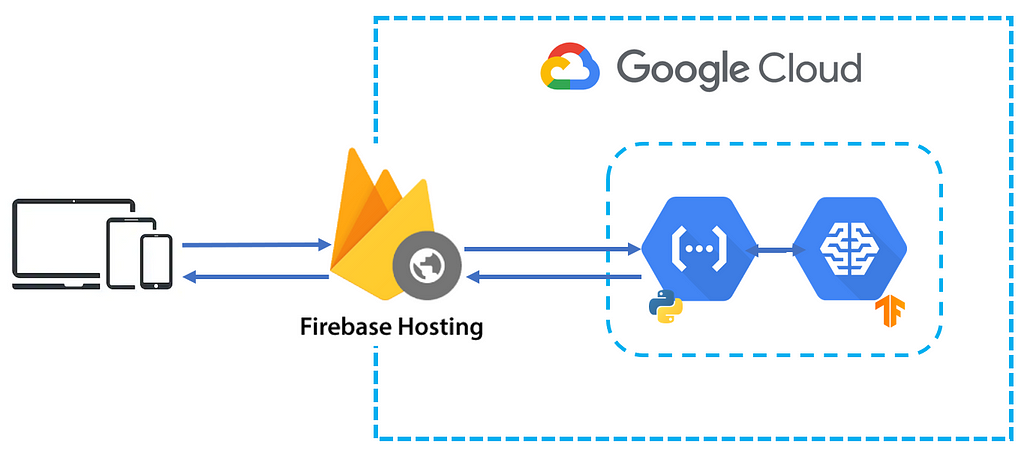In the world of modern technology, seamless integration is often the key to efficiency, productivity, and success. Command-Line Interfaces (CLIs) play a pivotal role in achieving this seamless integration. Whether you are a developer, sysadmin, or a tech enthusiast, mastering the use of CLI tools can significantly enhance your ability to streamline processes, automate tasks, and integrate various systems. In this blog post, we will explore how to use the CLI for seamless integration and provide you with valuable insights into its capabilities.
Understanding Command-Line Interfaces (CLIs)
A CLI is a text-based interface that allows users to interact with a computer program or operating system by typing commands into a terminal or console. These interfaces have been a fundamental tool in the world of computing for decades and continue to be an indispensable part of modern IT ecosystems.
Benefits of Using CLI for Integration
- Automation: CLIs enable you to automate repetitive tasks and workflows, reducing manual effort and potential errors.
- Scripting: You can create scripts that leverage CLI commands to perform complex operations, making it easier to manage and integrate systems.
- Interoperability: CLIs are often platform-agnostic, allowing you to work with a variety of systems and services, both on-premises and in the cloud.
- Efficiency: With the right commands and scripts, you can accomplish tasks faster and more efficiently than through graphical interfaces.
- Scalability: CLI tools can scale to handle large datasets, making them suitable for enterprise-level tasks and integrations.
Google Cloud Platform Console: A Beginner’s Guide to Getting Started
How to Use CLI for Seamless Integration
1. Learn the Basics
Start by familiarizing yourself with the fundamentals of the CLI for your chosen platform (e.g., Linux, Windows, macOS). Learn common commands, file system navigation, and input/output redirection.
2. Explore System Utilities
Leverage built-in system utilities to perform tasks like file management, process control, and network configuration. Tools like ls, ps, and netstat are examples of essential CLI utilities.
3. Master Scripting
Learn scripting languages such as Bash, PowerShell, or Python. These languages allow you to create powerful scripts that automate complex processes and integrate multiple systems.
4. Work with Package Managers
Package managers like apt, yum, brew, and pip (for Python) provide a streamlined way to install, update, and manage software packages and libraries.
5. Explore Cloud Providers
Major cloud providers like AWS, Google Cloud, and Azure offer CLI tools for managing cloud resources. Familiarize yourself with these tools to integrate your infrastructure with cloud services.
6. Version Control
CLI tools like Git allow you to manage version control for your projects. You can collaborate with others and seamlessly integrate changes into your codebase.
7. Task Automation
Use scheduling tools (e.g., cron on Linux) to automate recurring tasks. CLI-based automation can help with backups, updates, and data synchronization.
8. Security and Permissions
Understand how to manage user permissions, access controls, and security settings through CLI tools to ensure the integrity of your systems.
Frequently Asked Questions (FAQs)
Here are some common questions related to using CLIs for seamless integration:
Q1: How do I learn CLI commands?
A1: You can start by referring to online tutorials, documentation, and interactive shell environments to practice commands.
Q2: Can I use CLIs on Windows?
A2: Yes, Windows has its CLI called PowerShell, which is highly versatile and supports automation and integration tasks.
Q3: Are there CLI tools for cloud services?
A3: Yes, major cloud providers offer CLI tools (e.g., AWS CLI, GCP CLI, Azure CLI) to interact with and manage cloud resources.
Q4: What scripting language should I learn?
A4: The choice of scripting language depends on your requirements and preferences. Bash, PowerShell, and Python are popular choices for automation and integration.
The Command-Line Interface is a powerful tool for achieving seamless integration, automation, and efficient management of systems and services. By learning the fundamentals, exploring system utilities, and mastering scripting languages, you can leverage CLIs to streamline processes, automate tasks, and integrate diverse systems. Whether you are a developer, sysadmin, or IT enthusiast, investing time in CLI skills can significantly enhance your capabilities and contribute to your success in the world of technology.
For more in-depth resources and tutorials on CLI usage, refer to the following external links:










